Coffee roast levels: the characteristics and differences
Everyone has their own preferences when it comes down to drinking coffee. One likes an espresso, filtered coffee, or americano, while others love their milk-based coffees such as cappuccino, a flat white, a macchiato, and many other options. All these drinks have their own unique characteristics and taste. And that’s a good thing because otherwise, we might as well all drink the same. Luckily that isn’t the case and in many coffee places, there is a huge assortment of beverages to choose from, as well as there are differences in coffee roast levels to choose from.
1. What influence does the type of coffee roast level have?
But there are more factors other than the type of drink that affects the taste of your preferred beverage. One of them is the type of bean roast that was used while preparing it. The type of roast you pick will highly influence the taste of the beverage you will make or buy. In this article, we elaborate on which three main types of roasts there are; Light, Medium and Dark Roast. We explain how the differences in coffee roasts affect the taste of your beverage. If you want to read more about the roasting process in general, feel free to check out our blog ‘The basics of roasting coffee beans’.
2. Light coffee roast level
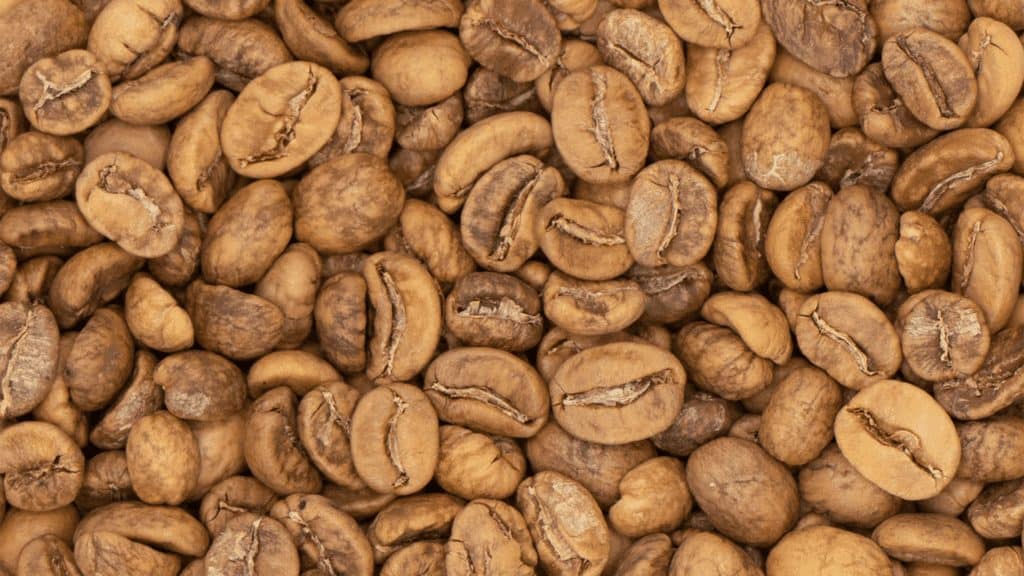
Let’s start with the light roast. Naturally, the lighter beans have been roasted for a shorter period of time. Generally, light beans are released into the cooling sieve a couple of minutes after the first crack occurs. One of their characteristics is that the oils are still inside the bean. This is because the beans haven’t been roasted long enough to get them so hot that the oils start to release themselves. Lightly roasted coffee has high acidity levels. When you roast a bean for a longer period of time, it will decrease these acidity. Because the flavor of lightly roasted beans is underdeveloped compared to darker roasts, the flavor may occur as toasted, and grain-like.
Characteristics:
- High acidity
- Toasty, grain-like taste
- Fruity smell
3. Medium coffee roasts
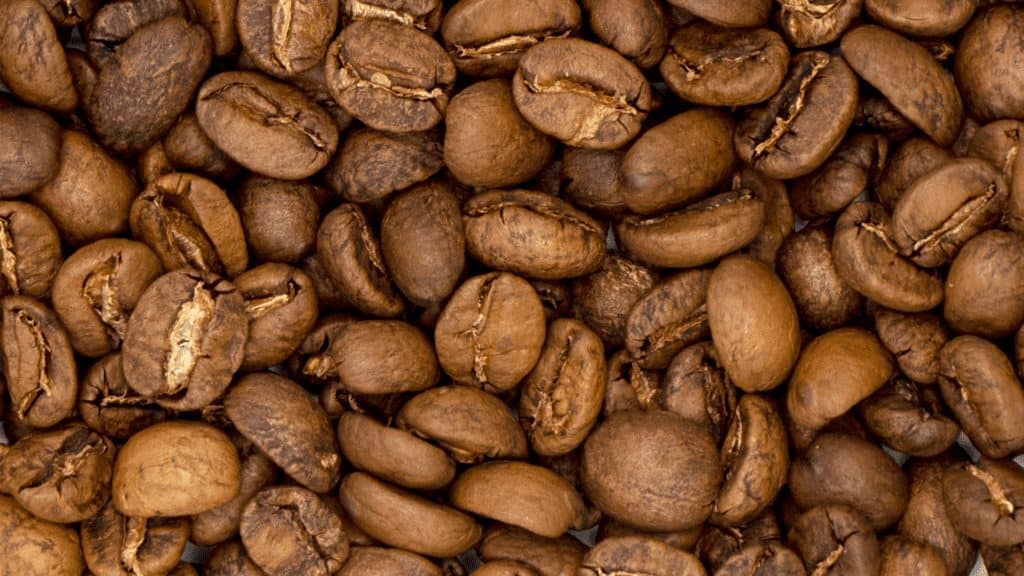
After the light roast, medium roast follows. These beans have been roasted for a longer period; the beans enter the cooling sieve right before the second crack. Like with lightly roasted beans, the oils are still within the bean. The fact that it has been roasted for a bit longer results in a taste with a bit more body. The levels of acidity have been decreased which results in a taste that is a bit more balanced.
Characteristics:
- Moderate acidity
- A sugary, sweet taste
- Balanced flavors
4. Dark coffee roasts
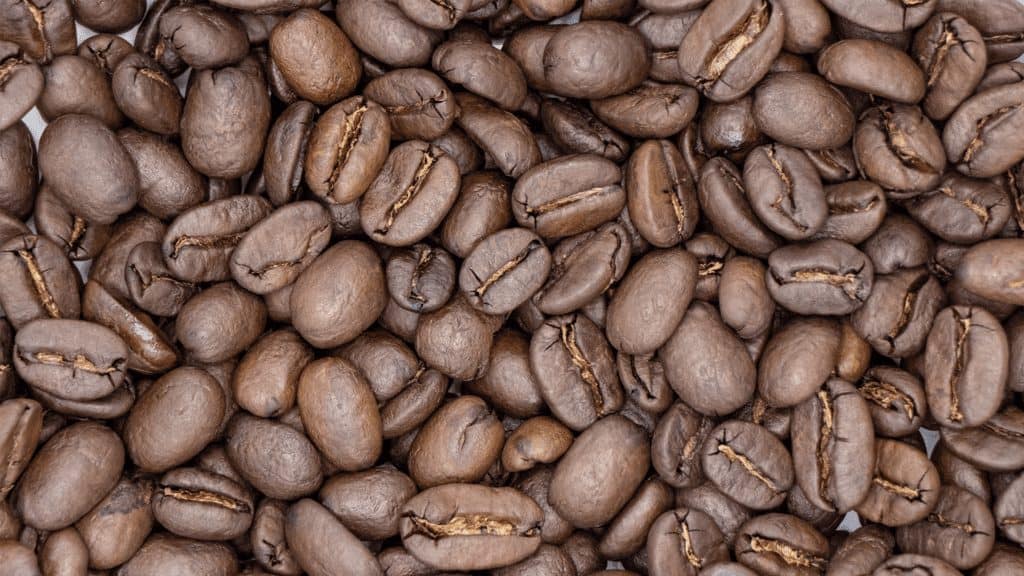
At last, we have dark roast beans. Again, these beans have been roasted a bit longer compared to the previous two variants. These beans have been roasted long enough for the oils to come out. This results in a shiny dark bean, while lighter roasted beans have a matte color. The flavors of origin have all been eliminated because of the higher temperature and roast duration. The only flavors that are left are the flavors you created during roasting. Since the beans have had time to caramelize, dark roast beans tend to deliver a sweet flavor. The beans create a rich flavor and full body when making espresso coffee. These beans have been roasted for the longest period of time.
Characteristics:
- Low acidity
- Bittersweet taste
- Bold flavor
These are the three basic types of coffee roasts. Of course, every roastery has its own indication of roast levels. This article is a basic explanation of the main three roast levels and the characteristics and differences belonging to the different coffee roasts. There are in-between phases, but also roasts that are darker than the standard dark roast. Our advice is to keep experimenting with different types of roasts. Only then you can find your or your customer’s preference. One way to do this consistently is with a sample roaster. By controlling drum speed, pressure, power, and temperature, you can control the entire roasting process and create the perfect curve. These were the basic differences in coffee roasts, feel free to leave a comment when you have any further questions.
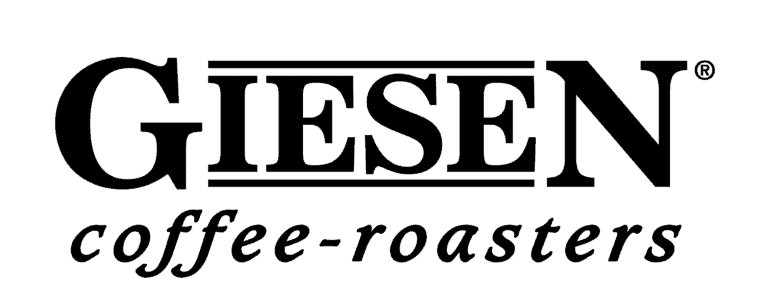
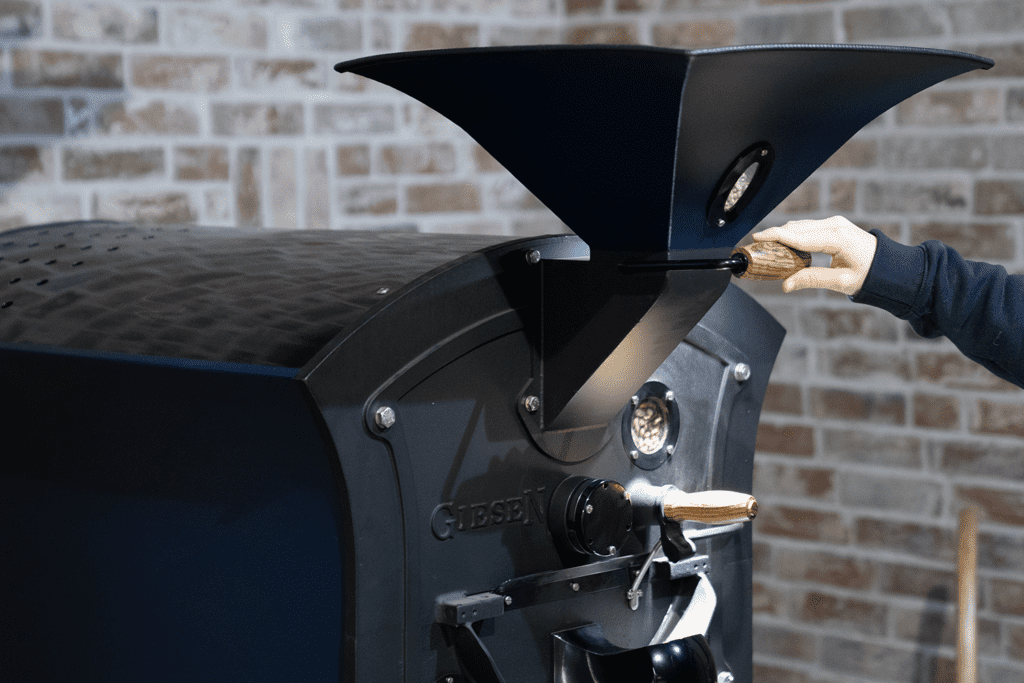
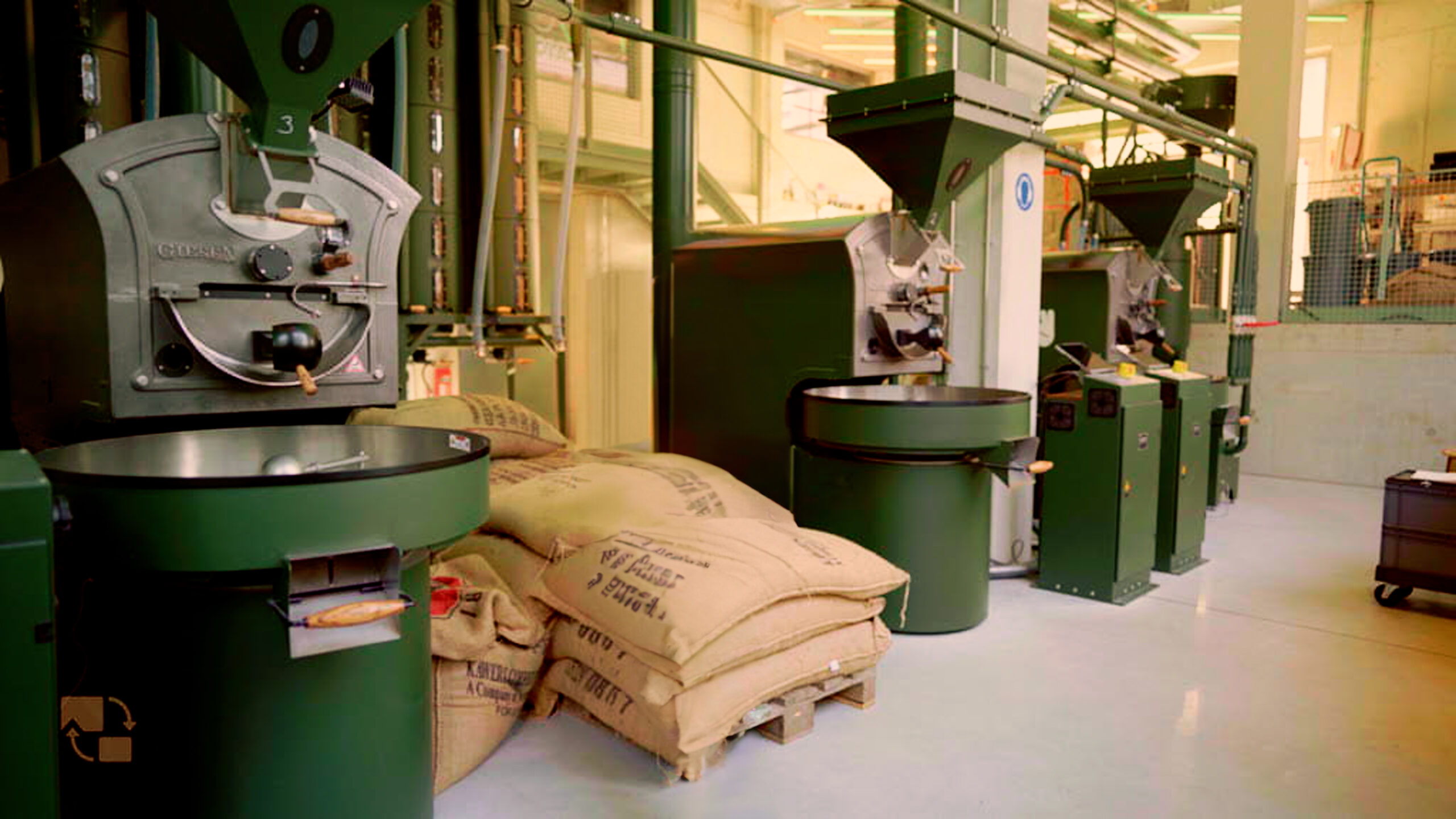


This Post Has 13 Comments
the information must be the general package of roasting cafe, but there must be more , because the origin of green coffee has big differences.
I hope I am not mistaken.
Thank you for the information
Best regards
Hiwot
Well explained sir.Am also a coffee Roaster.Does different size of the gauge of the gas work differently.
Hi there, what exactly do you mean by the gas gauge? You can send your technical questions to support@giesen.com.
Just read an article from Ferris Coffee Company about the different tossing levels. They mentioned that a lighter roast will bring out more of the floral and fruit notes of the bean whereas a medium roast accentuates more nutty and chocolate flavors. All may be meant under acidity, but specifics would be more helpful to readers who may not be able to put a flavor definition to ‘acidity’. Thanks
Thank for a wonderful sharing. After reading, I understand how important each roast level can affect the coffee’s taste and quality in the end-product. I can’t wait to make my dark-roast anyway 😀 Love the bitter sweet taste though!
You are doing great here about roasting description and i also believe arabica bean can give better roasting experience as well.
Thank you for your sharing information and knowledge.i used in my seminar at university about “introduction to coffee;from farm to cup” 🙂
I love a dark roast…always! When I was younger it was light roast and lots of sugar. Now that I’m much older…lol. I love and appreciate the dark roast blend.
Which has more caffeine? Light dark or medium roast. U state more oils come out with dark roast. Does that mean more caffeine?
Hi Debbie, thank you for your comment! We asked our ambassador Willem Boot to answer your question. He said the following: “Cafeïne has a very high flash point and the roast level does not influence the cafeine content of the bean or of the final brew. Any significant variation would require a roasting temperature above 600° F. Since temperatures rarely exceed 470° F, a bean’s caffeine content remains relatively static across all roast levels. The formation of oils on the bean is a separate phenomenon and has no relevance to the caffeine content.”
We hope this answers your question. Happy roasting!
When describing acidity does that mean the same type of acidity as in foods? Is high acidity in a coffee roast equivalent to a highly acid food?
Hello, the majority of coffees exhibit acidity, typically with an average pH value ranging from 4.85 to 5.10, which is similar to that of a banana. Coffee’s acidity falls within the average range observed in various food products.